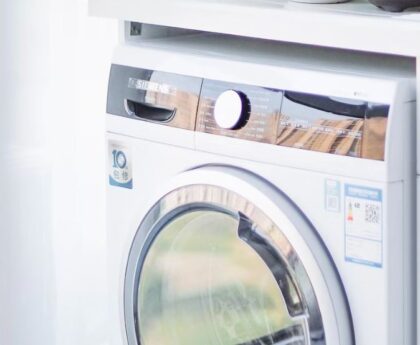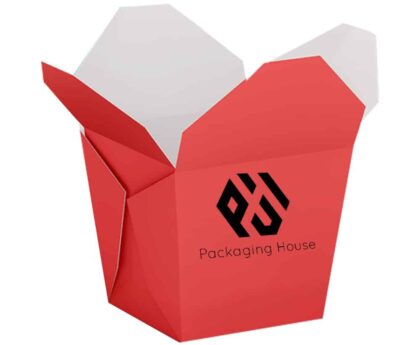When it comes to the condition of sidewalks in NYC, property owners must be aware of the distinction between sidewalk repair and sidewalk violations. Understanding the difference between these two terms is crucial to maintaining compliance with local regulations and ensuring the safety of pedestrians. In this article, we will delve into the contrasting aspects of sidewalk repair NYC and sidewalk violations in NYC, shedding light on their implications and offering insights into the best course of action for property owners in NYC.
Defining Sidewalk Repair in NYC
Sidewalk repair in NYC refers to the process of fixing or restoring sidewalks that have been damaged or deteriorated over time. It involves repairing cracks, uneven surfaces, potholes, or any other issues that compromise the functionality and safety of the sidewalk. NYC Sidewalk Repair Contractors specialize in providing professional services to address these repair needs promptly and effectively.
The Importance of Timely Sidewalk Repair
Prompt sidewalk repair is essential for several reasons. Firstly, it ensures the safety of pedestrians who utilize sidewalks on a daily basis. A damaged sidewalk can pose tripping hazards, potentially leading to injuries and legal liabilities for property owners. Secondly, timely repair prevents further deterioration, as minor damages can worsen over time and result in more extensive and costly repairs. Lastly, well-maintained sidewalks enhance the overall aesthetic appeal of the neighborhood, contributing to a pleasant environment for residents and visitors alike.
Understanding Sidewalk Violations
Sidewalk violations, on the other hand, are notices issued by the NYC Department of Transportation (DOT) to property owners whose sidewalks are found to be in a state of disrepair or non-compliance with local regulations. Violations are typically issued following inspections conducted by DOT inspectors or in response to complaints from pedestrians. Sidewalk violations serve as legal notifications that require property owners to address the identified issues within a specified timeframe.
Common Causes of Sidewalk Violations
Several factors can lead to sidewalk violations in NYC. These include:
Cracked or Uneven Surfaces
Cracks and uneven surfaces are common culprits for sidewalk violations. These issues may arise due to natural wear and tear, tree root growth, extreme weather conditions, or substandard construction materials.
Insufficient Slope or Drainage
Sidewalks must have proper slopes and drainage systems to prevent water accumulation. Inadequate slopes or inadequate drainage can result in standing water, which not only damages the sidewalk but also poses safety risks.
Violations of Dimensional Guidelines
NYC has specific guidelines regarding the dimensions and clearances of sidewalks. Sidewalk violations can occur if the dimensions of the sidewalk, such as width or height, do not meet the required standards.
Consequences of Sidewalk Violations
Failure to address sidewalk violations in NYC can have significant consequences for property owners. These may include:
Fines and Penalties
Property owners who do not rectify sidewalk violations within the given timeframe may face fines and penalties imposed by the city. The amount of the fine varies depending on the severity of the violation and the duration of non-compliance.
Legal Liabilities
Sidewalk violations can make property owners legally liable for any accidents or injuries that occur as a result of the damaged sidewalks. This can lead to costly lawsuits and potential damage to the property owner’s reputation.
Repeated Inspections
If a property owner receives multiple sidewalk violations, they may be subject to repeated inspections by the DOT. These inspections can be burdensome and time-consuming, disrupting the normal routine of property owners and potentially leading to further fines or penalties if violations persist.
Resolving Sidewalk Violations
To address sidewalk violations, property owners must take appropriate actions within the specified timeframe. Here are the steps to resolve sidewalk violations:
Hiring Professional Sidewalk Repair Contractors
Engaging the services of professional sidewalk repair contractors is highly recommended for resolving sidewalk violations. These contractors have the expertise and equipment to assess the damage, propose suitable repairs, and ensure compliance with local regulations.
Obtaining Necessary Permits
Depending on the nature and extent of the sidewalk repair work, property owners may need to obtain permits from the relevant authorities. These permits ensure that the repairs are conducted in accordance with the city’s guidelines and regulations.
Undertaking Timely Repairs
Once the necessary permits are obtained, property owners should promptly proceed with the sidewalk repairs. Timely action not only demonstrates compliance but also ensures the safety of pedestrians and minimizes the risk of further violations.
Documenting the Repairs
It is crucial to document the completed sidewalk repairs, including before-and-after photographs, receipts for materials and labor, and any relevant permits. These documents serve as evidence of compliance and can be useful in case of future inspections or disputes.
Preventing Sidewalk Violations
While resolving sidewalk violations is essential, it is equally important to take preventive measures to minimize the occurrence of violations. Here are some proactive steps property owners can take:
Regular Inspections and Maintenance
Property owners should conduct regular inspections of their sidewalks to identify any signs of damage or deterioration. Prompt maintenance and repairs can prevent minor issues from escalating into major violations.
Proper Tree Maintenance
Tree roots are a common cause of sidewalk damage in NYC. Property owners should ensure proper tree maintenance, including trimming roots that pose a risk to sidewalks and seeking professional advice on tree placement to minimize potential damage.
Compliance with Dimensional Guidelines
When constructing or renovating sidewalks, property owners must adhere to the dimensional guidelines set by the city. By following these guidelines from the outset, property owners can reduce the risk of violations in the future.
Conclusion
Understanding the difference between sidewalk repair and sidewalk violations is crucial for property owners in NYC. By comprehending the implications of each and taking appropriate actions, property owners can ensure the safety of pedestrians, maintain compliance with local regulations, and avoid potential fines and legal liabilities. Prompt sidewalk repair and proactive preventive measures contribute to creating a safe and inviting environment for all on the bustling sidewalks of NYC.




